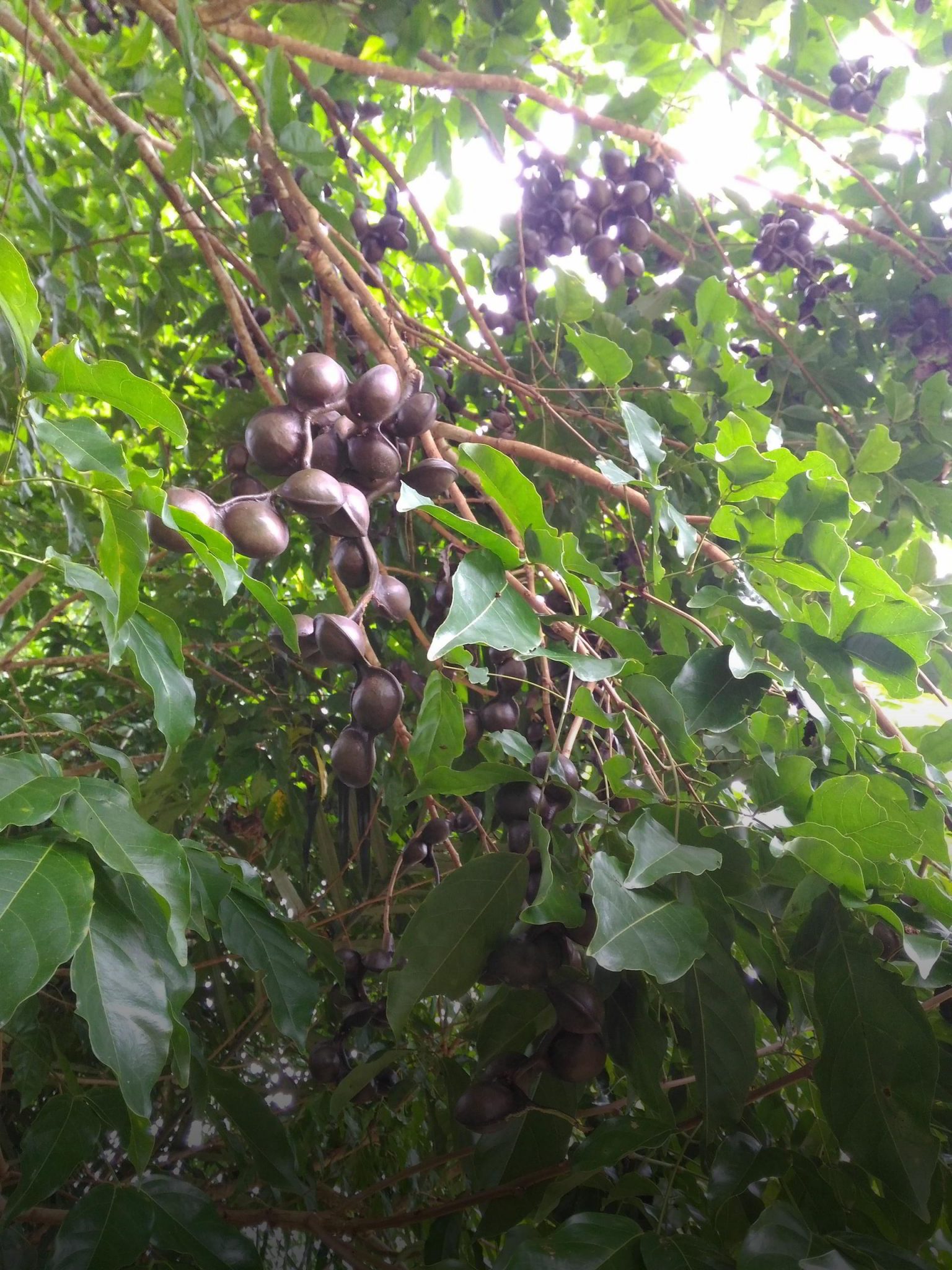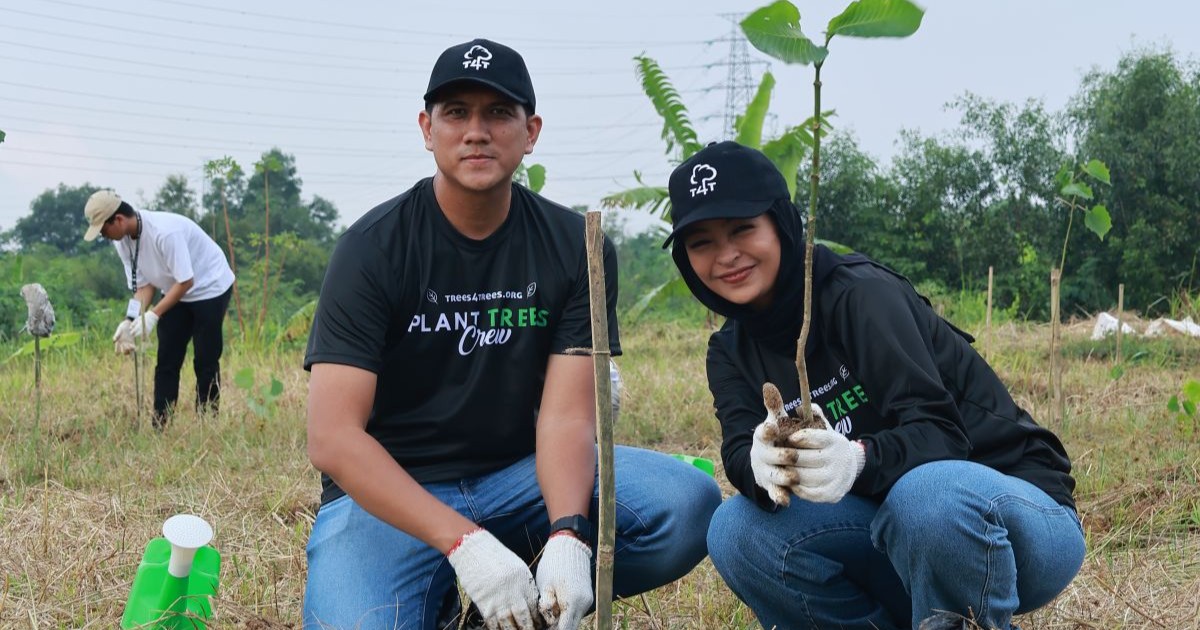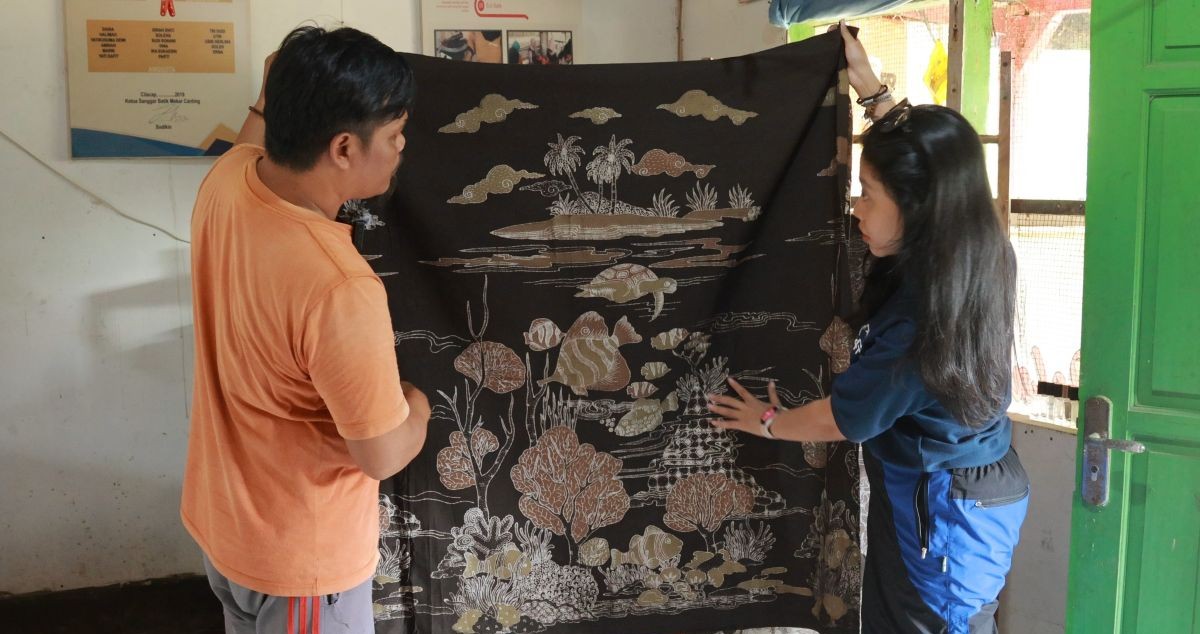Common Name |
Dogfruit, Blackbead, Djenkol |
Description |
Tree, up to 20 m tall with grey smooth bark, white wood, and terete, glabrous branchlets.
Leaves 2-pinnate, up to 25 cm long; petiole 2-6 cm long; leaflets 2-3 pairs per pinna, ovate-elliptical to oblong, 8-15 cm × 4-5 cm, opposite, chartaceous, glabrous, dark violet-red when young. A. jiringa starts bearing 5-6 years or more after sowing. Flowers open in the evening after dark and pollination is affected by moths and other insects. Flowering and fruiting are year-round, but peak periods occur. It takes 40-50 days from anthesis to mature fruits. A few forms are different in size and tenderness of the seeds. They are sometimes distinguished in Indonesia as “jingkol” or “jengkol gobang” with large, somewhat hard, and slightly bitter seeds, and “jringkol” with smaller, more tender, and less bitter seeds. Several other Archidendron species in South-East Asia also produce edible seeds (e.g. A. bubalinum (Jack) Nielsen, A. quocense (Pierre) Nielsen, A. microcarpum (Benth.) Nielsen, but they seem more poisonous. Only A. jiringa is purposely cultivated in fields, around villages, and in-home gardens. A. jiringa occurs in the primary and secondary rainforests and evergreen forests. Trees are often spared when the forest is cut down. It prefers pervious soil and high rainfall. It is recorded from sandy soil, lateritic soil, reddish sandy clay, flat land, and low undulating hills, from sea level up to 1000(-1600) m altitude. Archidendron pauciflorum is a tree growing up to 20 metres tall. The tree is harvested from the wild for local medicinal use. A tree of the moist tropics, where it can be found at elevations up to 1,200 metres. |
Products |
Food – The seeds of jengkol are mainly used to add flavour to food and are relished by Indonesians and Malaysians. To some people, however, their smell is rather offensive. Young seeds are often eaten raw. Mature seeds are prepared in several ways: 1) boiled thoroughly till the offensive smell has disappeared and consumed with salt and grated coconut, 2) steeped for a couple of hours in saltwater, before being fried in oil; this also removes most of the bad smell, 3) processed into chips (“emping” or “kripik jengkol”); after cooking, the cotyledons are flattened by hammering them into the shape of small cakes which are sun-dried and fried in oil before consumption, 4) buried for 14 days until they germinate, then dug up and washed clean, whilst at the same time the sprouts are cut off and thrown away (“sepi”). The latter way of preparation is said to minimize the danger of intoxication by jengkolic acid, crystals of which can cause kidney failure. It is recommended to drink a lot of water when eating the seeds. The very young wine-red shoots are also consumed raw as a vegetable.
The timber is soft, easy to saw, and to work with; therefore it is only suitable for cabinetwork, interior joinery, or firewood. |







